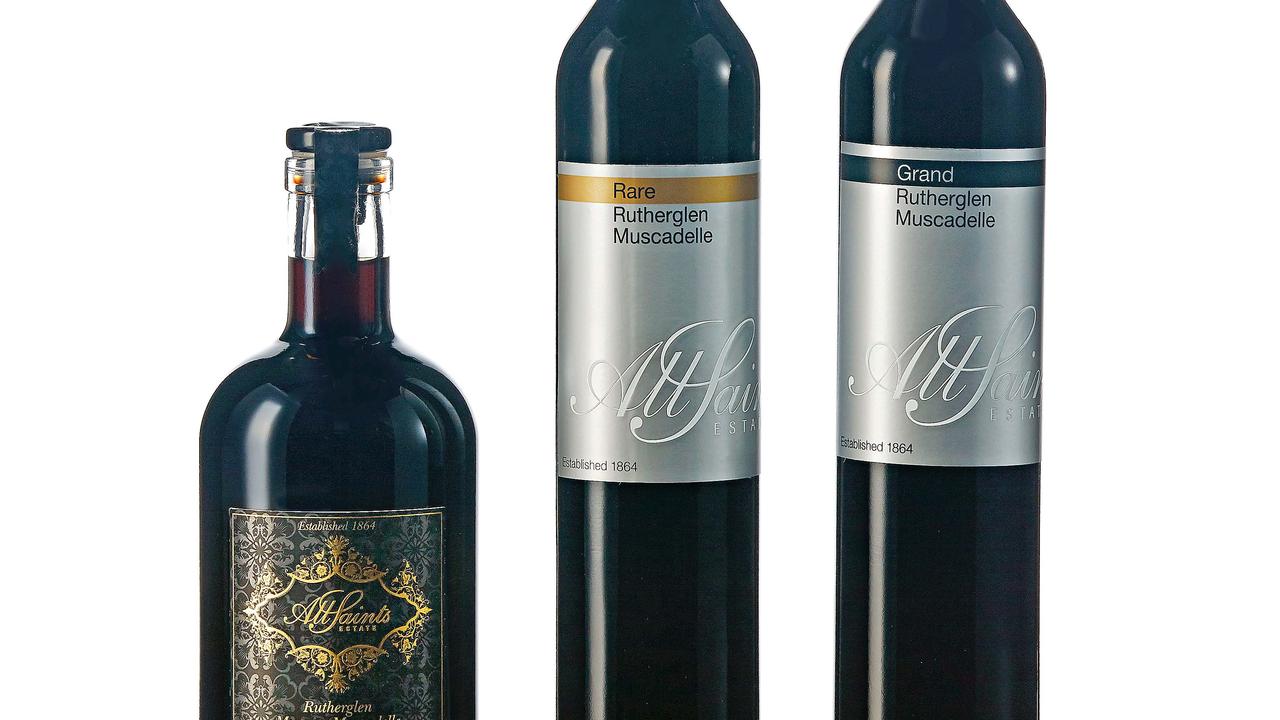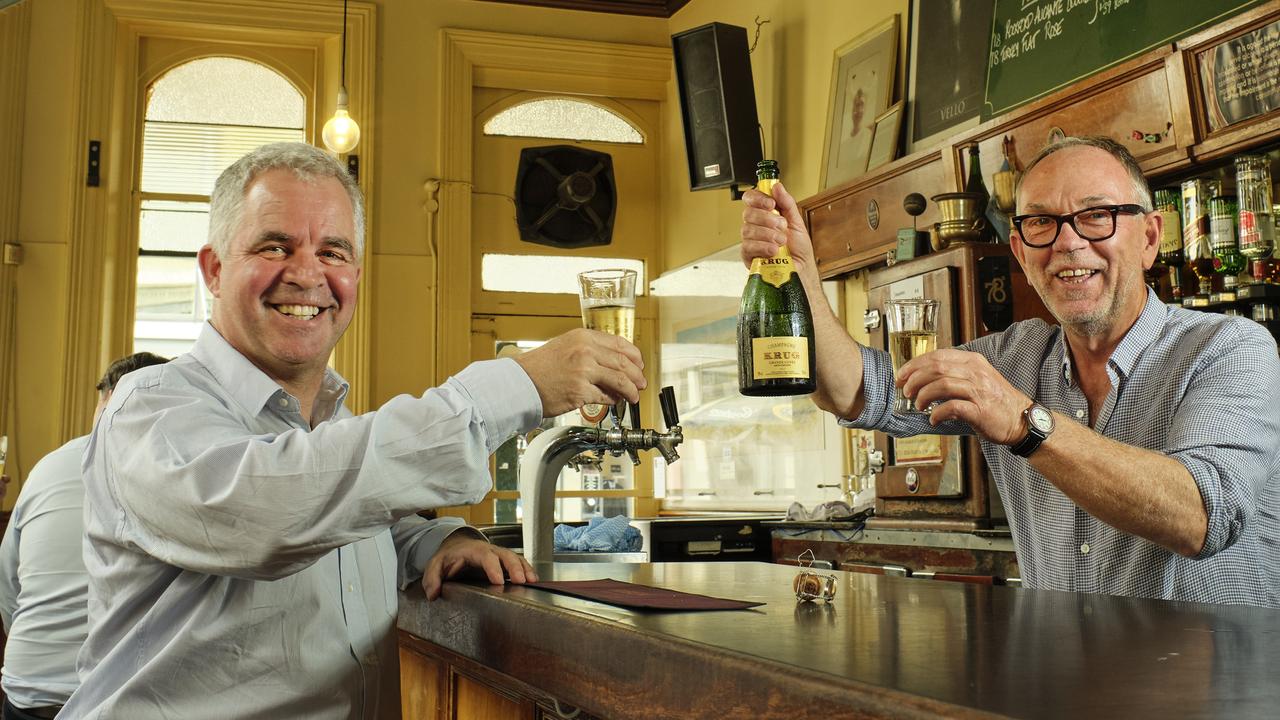A bit on the side
They hold senior positions in established wineries but these vintners also run their own labels.
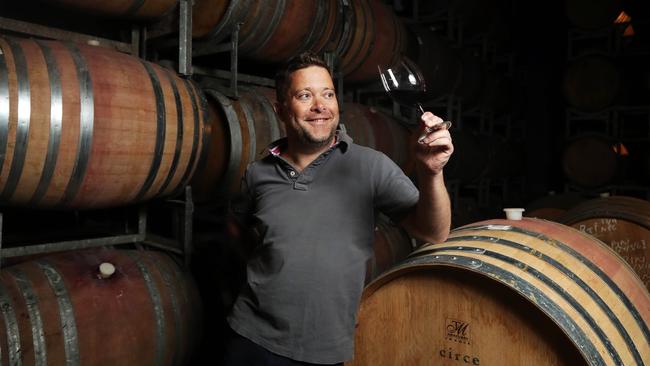
“I do this job late at night when nobody is watching,” jokes Steve Flamsteed of his own label, Salo, conjuring images of working on the quiet, surreptitiously tasting and producing wine under cover of darkness.
Winemaker Dan Buckle, who juggles the top job at Domaine Chandon with his own project, Circe, hopes for the introduction of the 28-hour day “so I can also get some sleep”. While McWilliams’ Jim Chatto says he had “no choice” but to start Chatto Wines. “I think every serious winemaker yearns to produce wine under their own label.”
Just as many chefs yearn for a restaurant to call their own and work out ways to make it happen, so winemakers get frisky about planting their names on their own wines. But whether it be for financial or practical decisions, many treat their own labels as side projects. On the one hand they make wines for their day jobs; on the other they have their own businesses where they get to flex their creative juices, testing the boundaries and opportunities of their own ideas.
Here are some who balance big business wine production and their own boutique labels with intelligence and integrity.
DAN BUCKLE, senior winemaker, Domaine Chandon; owner and winemaker, Circe Wines.
Buckle was working at Mount Langi Ghiran winery in western Victoria in the late 2000s and “was nearly 100 per cent immersed in shiraz” he says. “I love shiraz, but was concerned that I was getting a little pigeonholed as a winemaker.”
Buckle and his colleague, Aaron Drummond, then marketing manager for Mount Langi Ghiran, shared a love of the Mornington Peninsula and thought a venture in the region would be worth pursuing. Pursue they did, over which time Buckle also became senior winemaker at Domaine Chandon in February 2012.
“I had a longing to make pinot noir, and I thought I might have some techniques that would differ a little from the wines already being made on the Peninsula.” Like many winemakers, Buckle reveres the pinot noir variety: “It’s the most exciting and challenging grape of all. Thin-skinned, yield-reliant and requiring impeccable detail in the vineyard, it is known, for good reason, as the heartbreak grape.”
He and Drummond work on Circe “after hours” although he now has a vineyard contractor and the winemaking is done under instruction during vintage.
And it’s working with his day job. “We see no conflict of interest with Chandon, as Chandon doesn’t work with any Mornington Peninsula labels or wines. There’s no competition.”
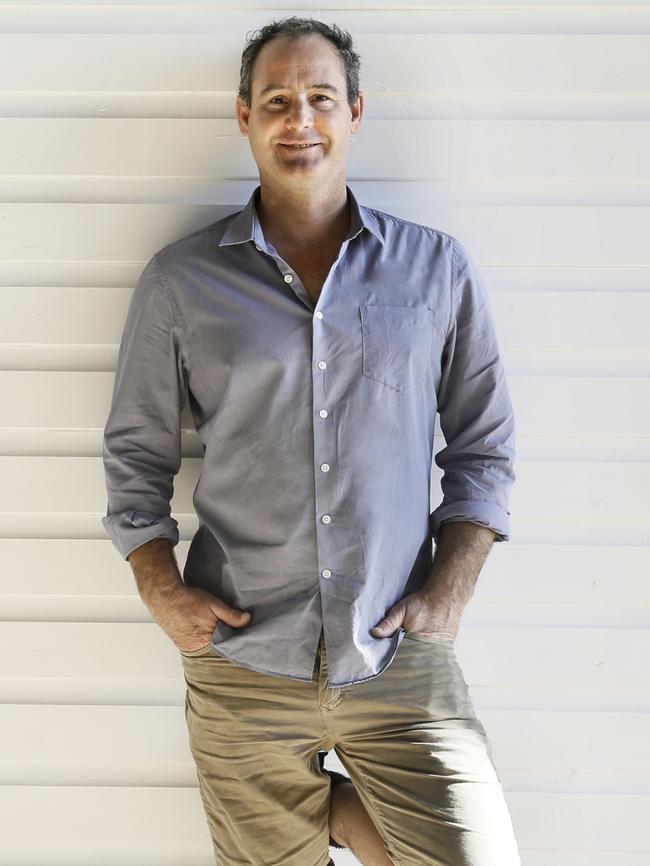
JIM CHATTO, chief winemaker, McWilliam’s Wines; Owner and winemaker, Chatto Wines.
In 2013 Jim Chatto joined the McWilliam family business as chief winemaker, looking after their operations in various regions including Hunter Valley, where the famous Mount Pleasant is situated. It was a significant appointment, Chatto becoming only the fourth Mount Pleasant chief winemaker since Maurice O’Shea in 1921. Chatto also happened to be owner and maker of his own label, Chatto Wines, established in 2000 in Tasmania’s Huon Valley.
The combination of the labels still works “pretty seamlessly”, says Chatto. “The harvest periods are fairly discrete: we start picking in Hunter Valley in January and the Huon Valley late April. The other states all fit in between.”
Chatto’s wife Daisy looks after the sales side of Chatto Wines so he can focus on McWilliam’s. One of the advantages that the smaller label allows, Chatto says, “is for conversations with sommeliers and independent retailers that a large company might not have”.
Through both brands, Chatto is satisfying his interest in a gaggle of grape varieties. He only grows pinot noir at Chatto: “It’s the variety that really rocks my boat, for its exquisite perfume and profound length of flavour.” While through McWilliam’s, Chatto is venturing into warm climate varieties originating from the Mediterranean: “These sit so well with many of our warmer regions, our lifestyle and cuisine.
“It’s early days, but I’m hoping names like touriga, tempranillo, fiano and vermentino become popular staples just like shiraz, cabernet sauvignon, sauvignon blanc and chardonnay are on Australian tables.”
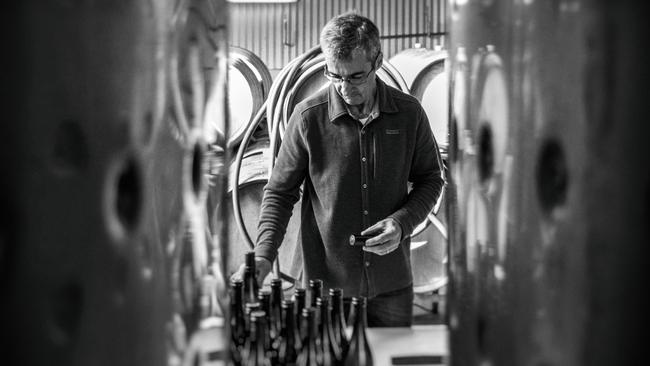
BRYAN MARTIN, winery manager, Clonakilla Wines; owner and winemaker, Ravensworth Wines.
Bryan Martin used to collect cuttings from Clonakilla winemaker Tim Kirk to establish vineyards for his own label, Ravensworth, in the same region of Murrumbateman in the Canberra district of NSW. In the mid-2000s, Martin says, “Tim offered me the job (with Ravensworth) out of the blue”. Martin had finished wine school and started with Kirk in 2004.
Martin admits that setting up Ravensworth wasn’t initially about creativity, but “just growing and making the wine. Creativity came later.”
“We had other partners involved so it wasn’t until my family owned the brand that we went wild with the range.”
He’s referring to wild as in winemaking experimentation; the Ravensworth website has a section dedicated to Weird Stuff.
He sees many benefits working with an established brand like Clonakilla. “You get to be involved in a pretty neat project. They are very successful and with that comes the challenge of always looking ahead and improving the products.”
Martin talks of the “bravery” Tim Kirk showed in putting out a shiraz viognier back in the early 90s. It’s now their leading wine. From there the brand has gone from a family affair to one of Australia’s leading wine labels.
“All the wine we make exists under the glow of that decision,” Martin says.
Martin explores many styles of wine at Ravensworth. “I’ve leaned toward natural winemaking after converting to organic practices on the vineyard,” he says.
STEVE FLAMSTEED, senior winemaker, Giant Steps; Owner and winemaker, Salo.
Steve Flamsteed, below, and his winemaking colleague, New Zealander Dave Mackintosh, worked together at Giant Steps in Victoria’s Yarra Valley from 2007 to 2011. “Dave introduced me to the incredible pepper of Hawkes Bay syrah. I introduced him to decent chardonnay,” Flamsteed says.
Their shared loved of rugby union helped seal the deal. “It was the beginning of a beautiful relationship, ”says Flamsteed.
The pair established Salo with their first vintage in 2008 and while volume is small (Flamsteed says he’s “smart enough to keep it defined to a volume that will never require multinational distribution”), he says the wines have been finessed over the last few years “since we hooked up with an amazing grower from Full Moon Vineyard, Simon Hart”. The fruit grows high in the southern end of the Yarra, what he describes as “minerally, refined chardonnay country”. Flamsteed says that with the late ripening in the cooler part of the region, most of the pressing at Giant Steps is done and the work fits in around his day job. “I am lucky to have a very co-operative boss who is happy to see me exploring my own brand,” he says.
“It’s great to muck around with your own stuff. In winemaking, we are all constantly experimenting and challenging ourselves and this is simply an extension of that.”
WHERE TO BUY?
Circe. Through the website www.circewines.com.au; www.princewinestore.com.au, Sydney and Melbourne.
Chatto. The 2015s cellar-door stock has sold out, but other stockists include: Best Cellars, Sydney; Harry & Frankie, Melbourne; Edinburgh Cellars, Adelaide. The 2016s will be available to pre-order via the Chatto mailing list (sign up on website) from March. The 2016 wine release is on August 1. chattowines.com
Ravensworth. Ravensworth doesn’t operate a cellar door. Its wines are sold mostly at on-premise and small retailers in major cities and from the website ravensworthwines.com.au
Salo. Through the website, www.salowines.com.au

